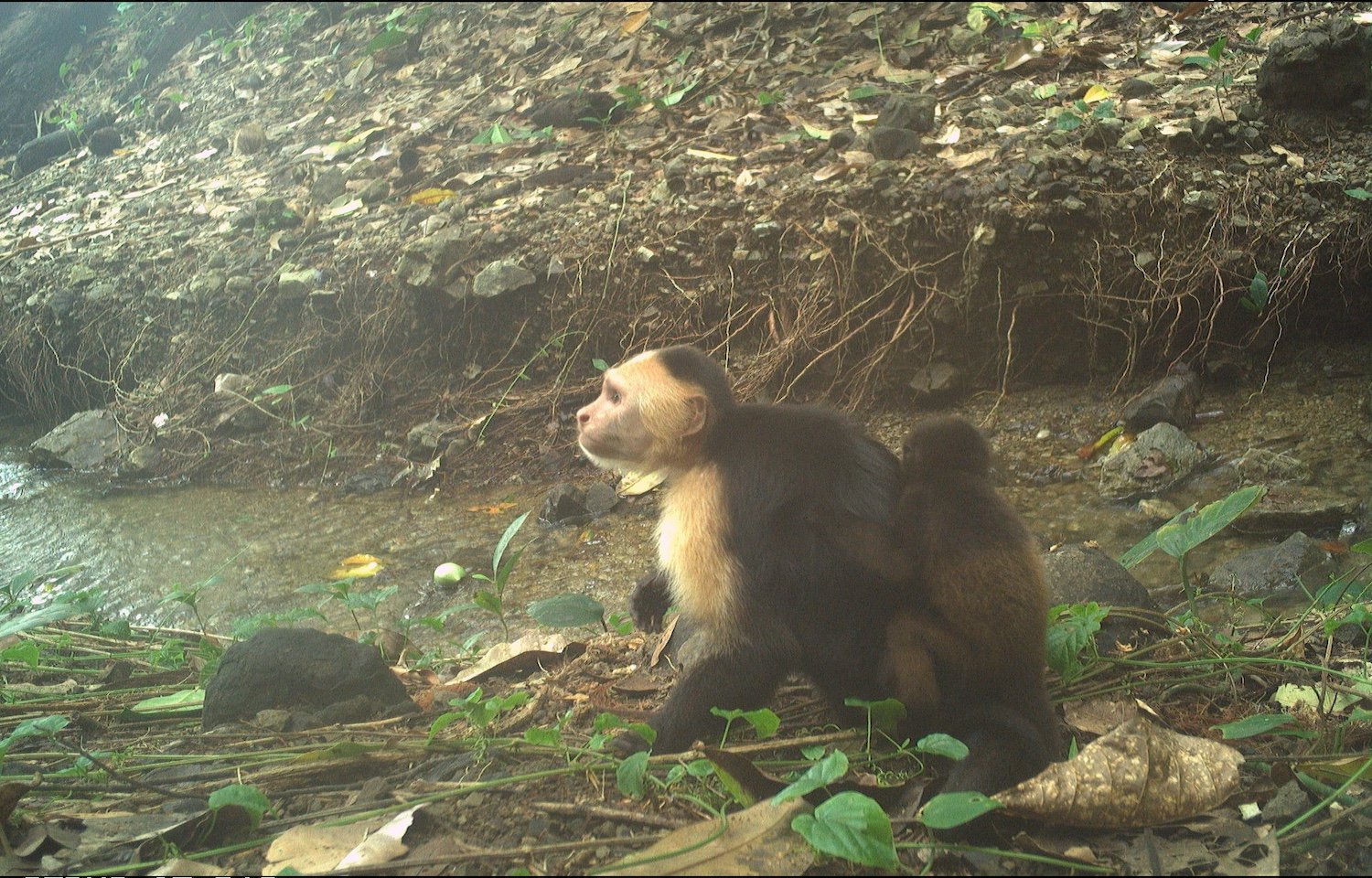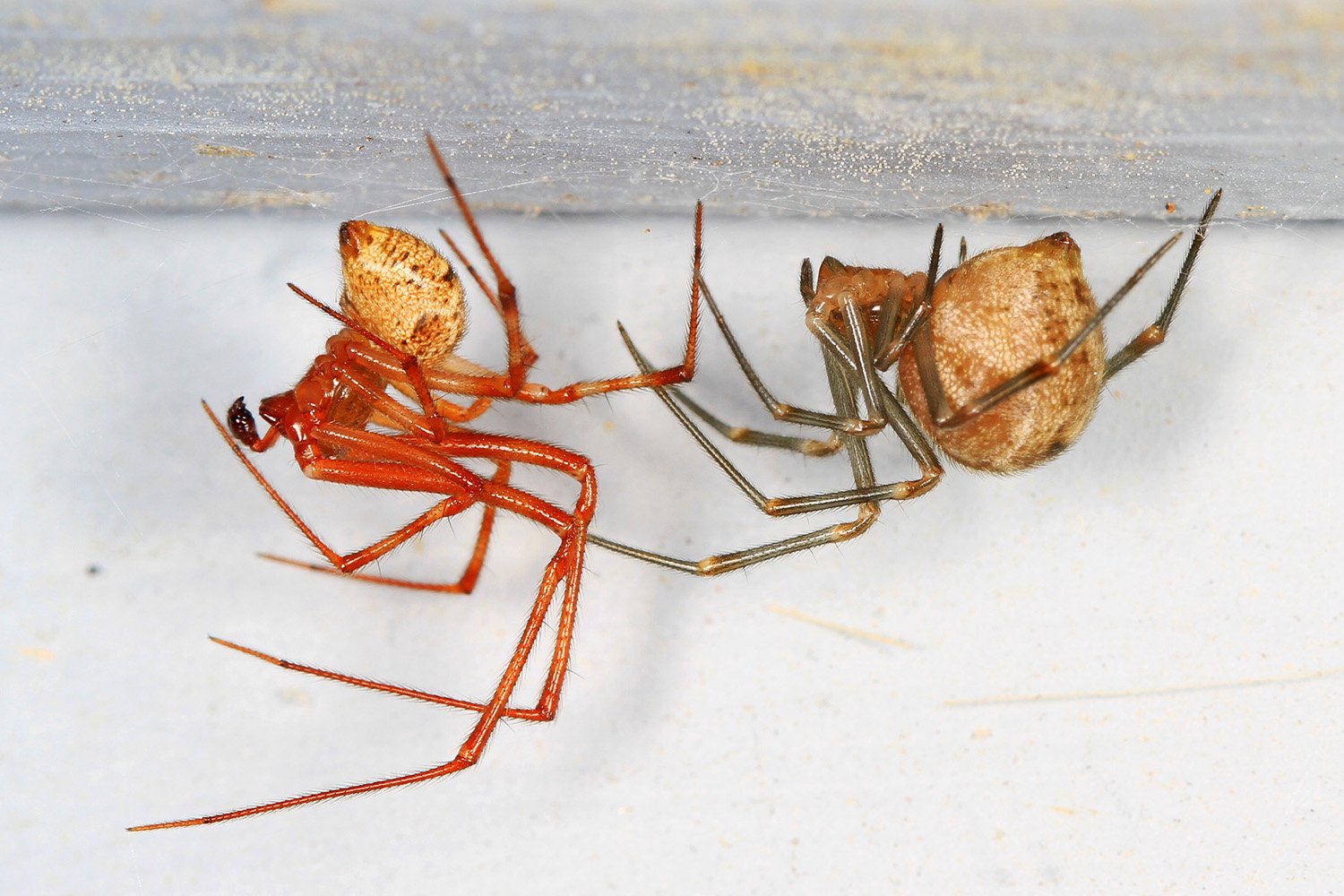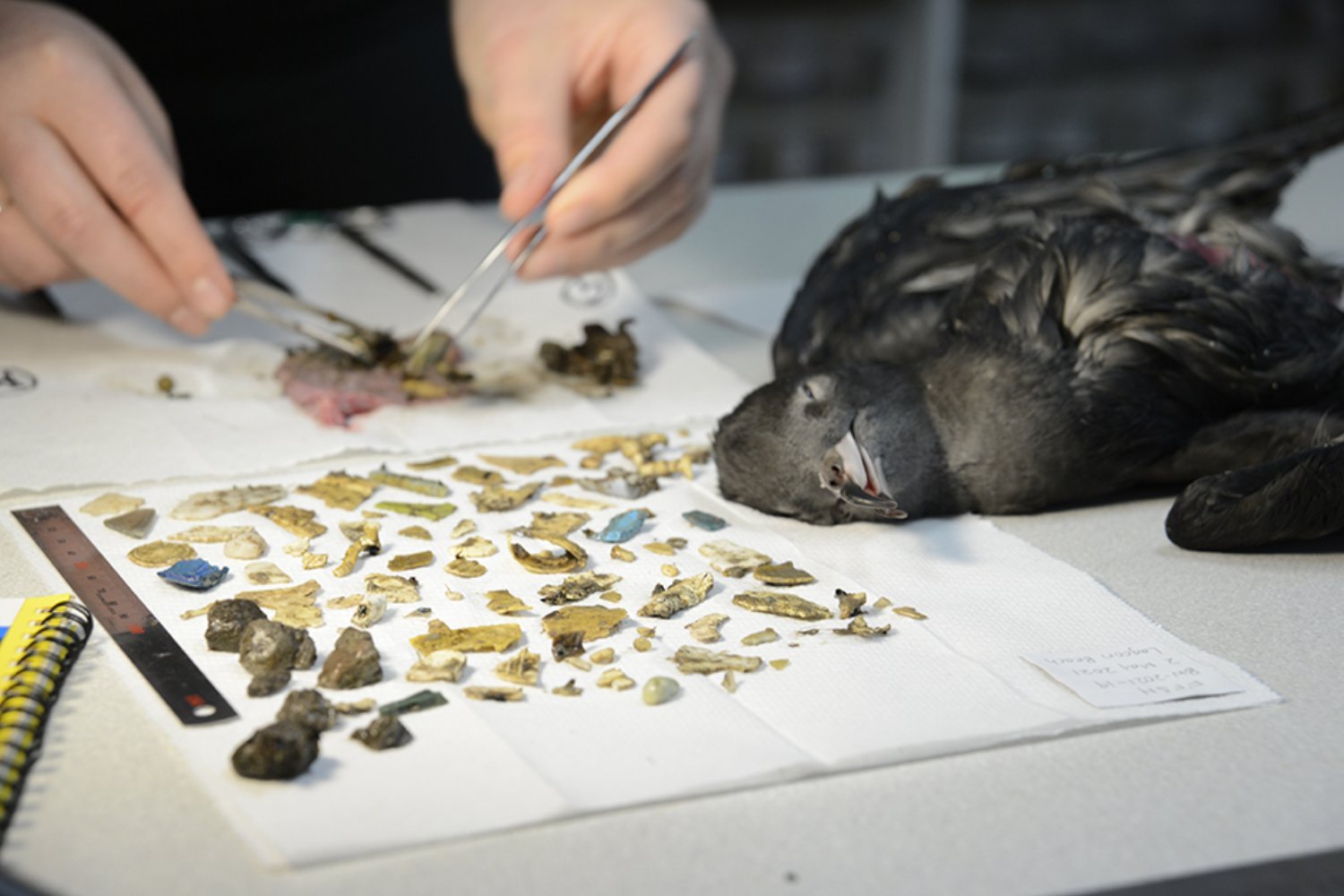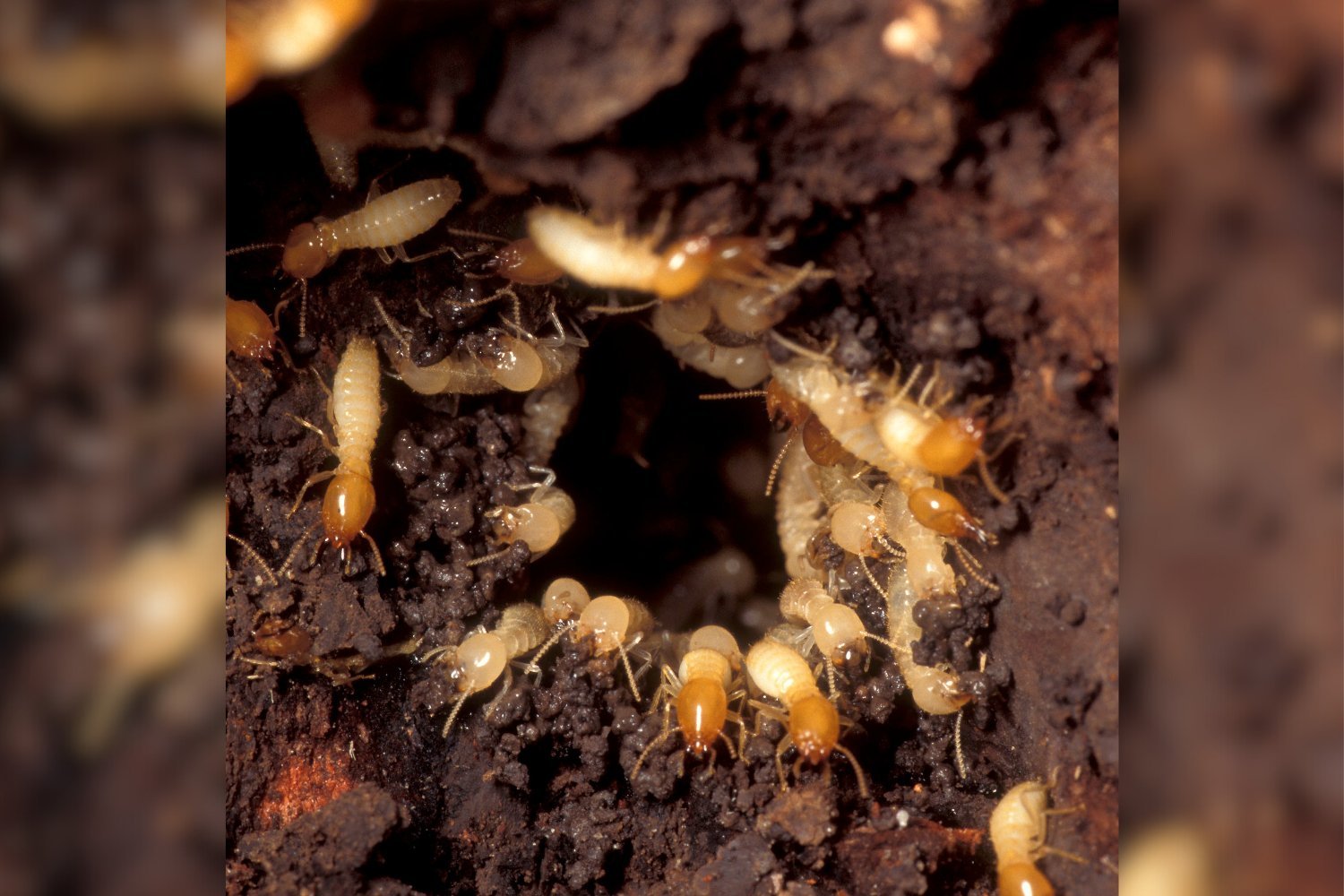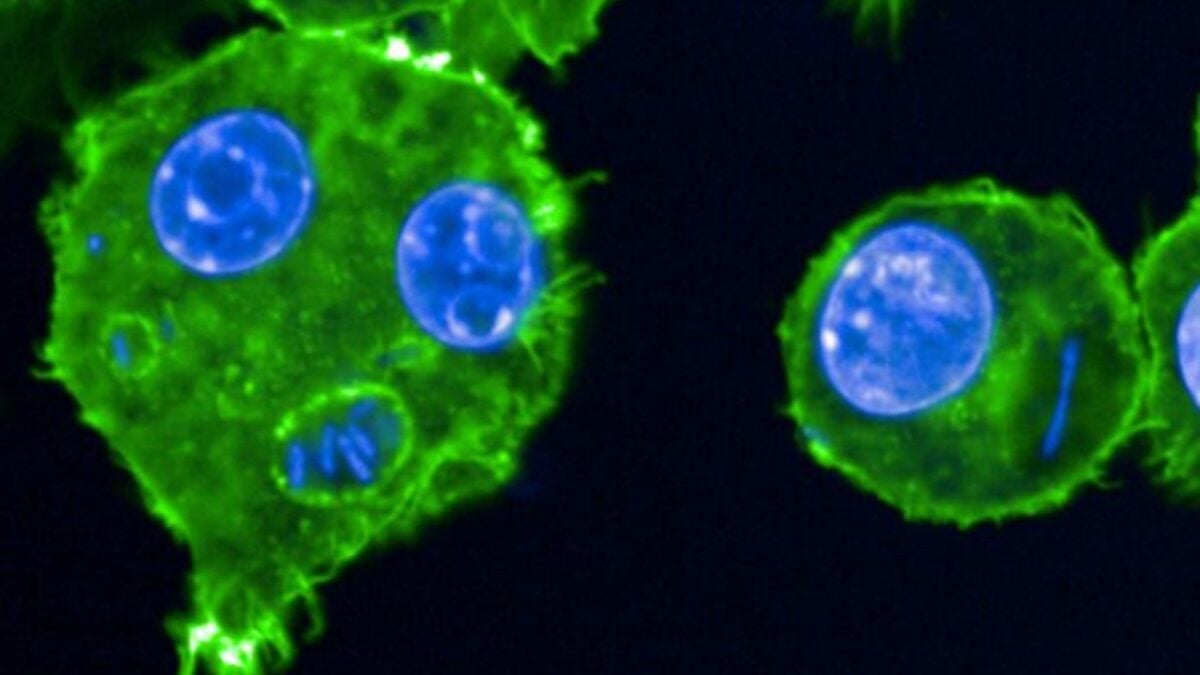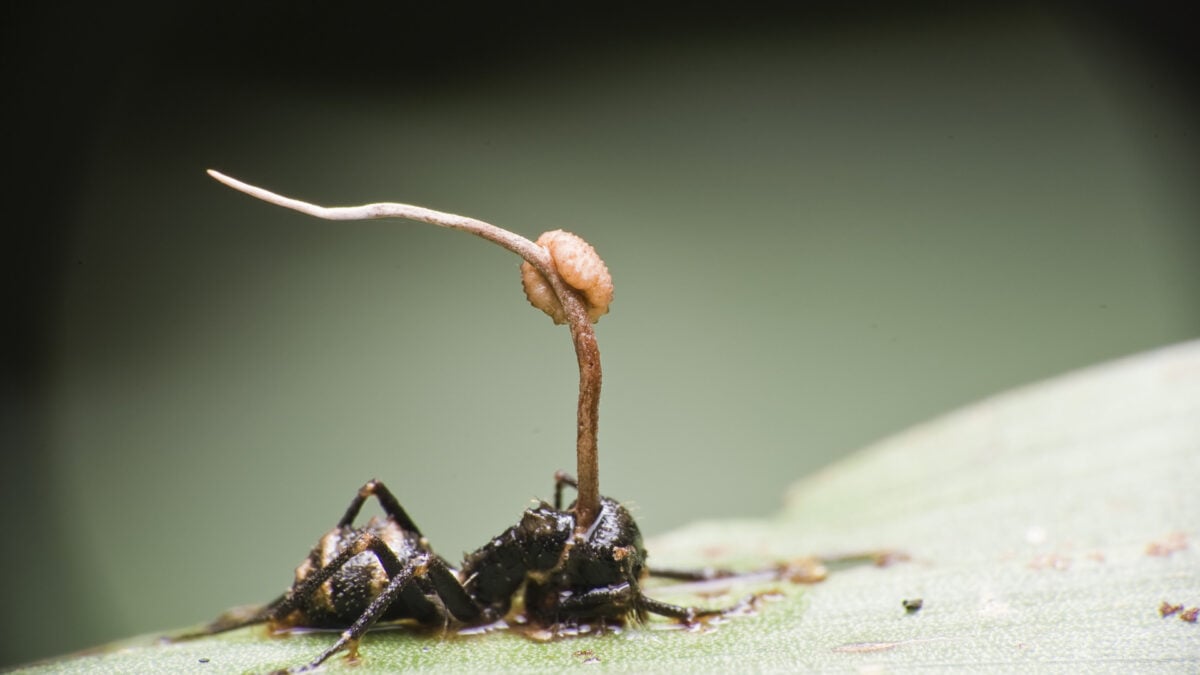A young male white-faced capuchin, nicknamed Joker, has inadvertently become a focal point for primate researchers due to an unusual and ultimately tragic trend he initiated on Jicarón Island, Panama: abducting infant howler monkeys. This behavior, later copied by other capuchins, offers a startling look into primate social learning and raises complex questions about animal motivations.
The strange phenomenon first came to light in 2022, when Zoë Goldsborough, a doctoral researcher at the Max Planck Institute and a research associate at the Smithsonian Tropical Research Institute, was reviewing camera-trap footage. She observed a male capuchin carrying an infant on its back—an act typically performed by female primates. A closer look revealed an even more perplexing detail. “I really quickly saw that the coloration was completely wrong,” Goldsborough shared with maagx.com. “The capuchin monkeys have dark fur and light face, and this [baby] had lighter fur and a dark face.”
An Unprecedented Discovery: The Case of Joker the Capuchin
The infant’s distinct coloration pointed to only one other primate species on Jicarón Island: the howler monkey. “So it was really quickly clear that it could only be a howler monkey, but that just made no sense whatsoever,” Goldsborough explained. This initial sighting prompted an extensive review of tens of thousands of images captured by cameras deployed during that period, according to a statement from the Max Planck Institute.
This meticulous search uncovered four separate instances of the same male capuchin, Joker, carrying different baby howler monkeys. “With everything we found, we had more answers, but also more questions,” Goldsborough admitted, highlighting the perplexing nature of this interspecies interaction.
From Solitary Act to Social Phenomenon: Monkey See, Monkey Do
Initially, Goldsborough and her colleagues considered the possibility of interspecies adoption, where an animal assumes a parental role for an infant of another species. While observed in primates, it’s almost exclusively a female behavior, thought to be practice for maternal care. Joker, being male, made this hypothesis less likely. The mystery deepened when, five months after Joker’s first documented act, researchers found video and images of four other young male capuchins also carrying baby howlers. They were imitating Joker, demonstrating a real-world example of social learning often described as “monkey see, monkey do.”
The comprehensive study, published in the journal Current Biology, meticulously documents how Joker and his four followers carried a total of 11 different howler infants over a 15-month period. These tiny infants would cling to the capuchins’ backs or bellies for up to nine consecutive days as the males went about their daily activities.
Gentle Giants, Tragic Outcomes: The Reality of Interspecies Abduction
Despite the unusual circumstances, Goldsborough noted that the capuchins, particularly Joker, treated the howler infants gently, aside from occasional displays of annoyance when the infants attempted to nurse. “He seems to be really interested in having these infants and carrying them for long periods of time,” she observed about Joker.
However, the gentle care could not overcome a fundamental biological barrier: male capuchins cannot produce milk. Consequently, the abducted howler infants did not survive under the care of their “adoptive” fathers. Researchers witnessed four infants die from apparent malnourishment and suspect the remaining seven met similar fates. In a poignant display, the capuchins were observed carrying the deceased infants for at least a day after they had passed in three instances. This led the researchers to categorize the behavior as interspecies abduction rather than adoption.
Unraveling the Motives: Why Did Joker Start This Trend?
The reasons behind this capuchin monkey abduction trend remain unclear. Kidnapping the young of other species is rare among primates, though social learning, where one individual’s behavior spreads through a population, is not uncommon. Joker’s initial motivation for this interspecies interaction is particularly puzzling. Goldsborough suggests his remarkably gentle handling of the howler babies might indicate a caring drive. “I think it’s possible that there was something a little quirky about him, or that he was kind of lonely in a way,” she speculated.
To delve deeper into the roots of this primate behavior, Goldsborough plans to investigate Joker’s social standing within his group. Understanding whether Joker is a dominant leader or a peripheral loner could offer crucial insights into the mechanisms of social learning and the emergence of novel behaviors within primate societies.
The case of Joker and the Jicarón Island capuchins underscores the complexity of animal behavior and the surprising ways social learning can manifest, even with deadly consequences. While the “why” behind this capuchin trend remains a subject for further research, it provides a compelling, if somber, window into the primate world. Continued observation and analysis are essential to fully comprehend the motivations and social dynamics driving such extraordinary interspecies events.
References
- Max Planck Institute. (2024). Statement on capuchin behavior. https://www.ab.mpg.de/677569/news_publication_24686977_transferred
- Goldsborough, Z. et al. (2025). Study on interspecies abduction by capuchin monkeys. Current Biology. https://www.cell.com/current-biology/fulltext/S0960-9822(25)00372-0



